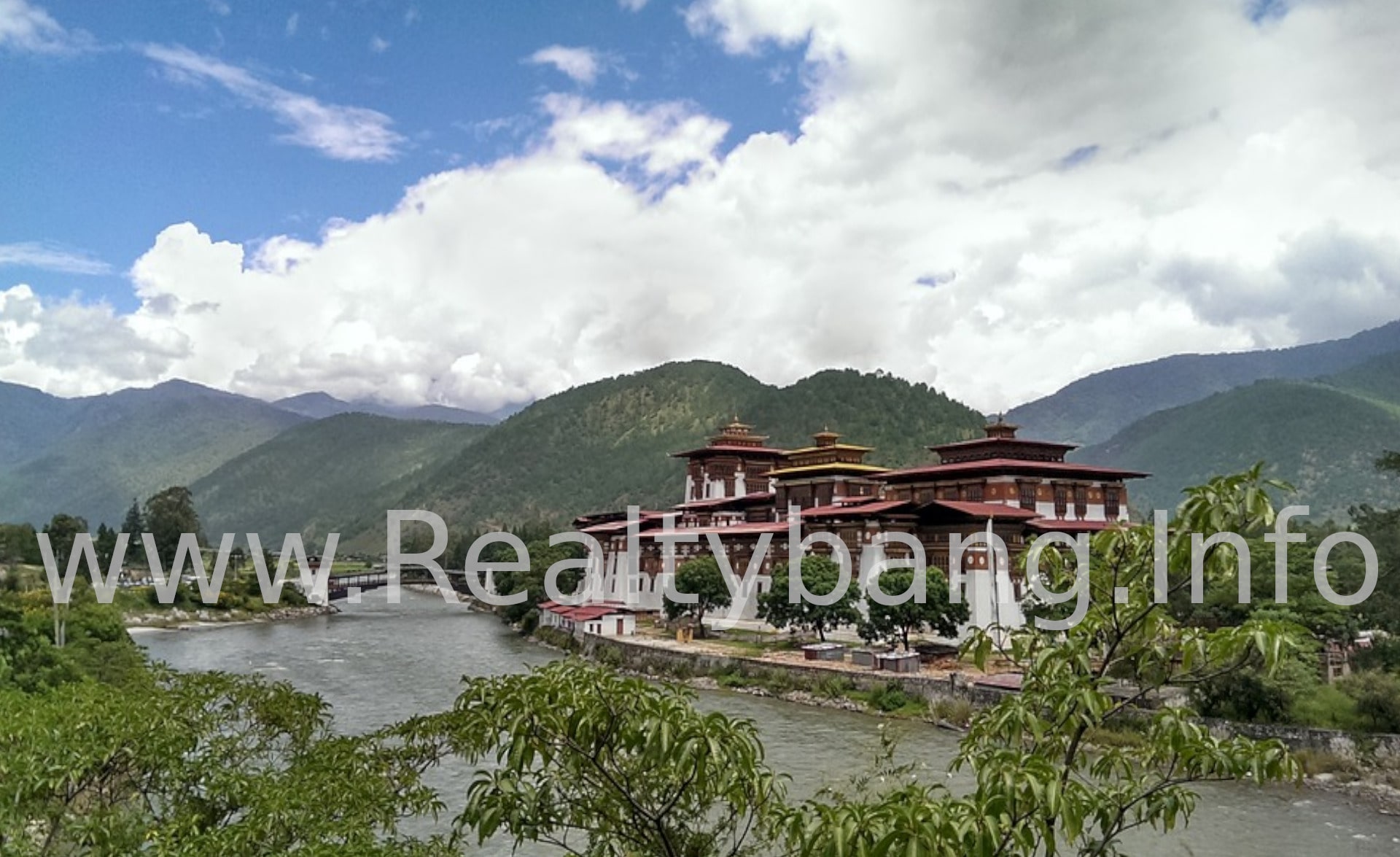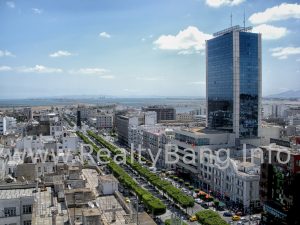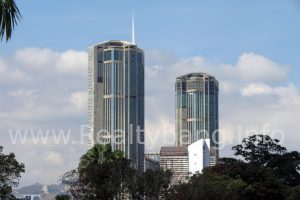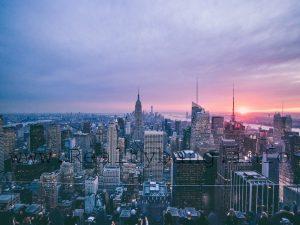Real Estate Investment in Bhutan: Bhutan is a country surrounded by mountains, surrounded by China in the north and India in the south. The population is around 896,000 and about 90 percent of the population lives in remote areas. King Jigme Singye Wangchuk has ruled the country since 24 July 1972.
Women in Bhutan have equal status not only in terms of law but also among men in the household. Due to the country’s maternal heritage system, 70% of the land is owned by women.
As for the challenges of the World Bank and the opportunities for private sector development, firms say that although the land is not always easy to obtain in Bhutan, access to land is not a major issue. Rather, skilled labor, lack of bureaucratic burden, costly and unreliable transportation are some of the major complaints.
The government has announced its intention to maintain 60% forest cover and 26% as protected areas, even at the cost of economic opportunities.
Types of traditional Bhutanese home designs
Traditionally, Bhutanese architects and craftsmen build Bhutanese buildings and houses without prior planning, and their skills were passed from one generation to another. In Bhutan, qualified architects in the western and modern sense are a new phenomenon.
Traditional houses and buildings in Bhutan are made of earth, wood, and stone with a very unique and distinctive style. Traditional houses in the architecture and pattern of the Bhutanese house, similar to Bhutan, give both cities and far-flung villages a splendid presence. Apart from some modern buildings and structures, Bhutan has 3 major types of traditional buildings and architectural designs.
Dzongs
They are large-scale forts that serve as administrative and religious headquarters in every district, a building that is a large country farmhouse, and a variety of religious temples, ranging from large-scale temples to small stupas or utensils.
In the early 20th century, before unification under the monarchy of Bhutan, 20 districts in the country were administered by Penelope or governors. Penelope fought countless battles against neighboring districts or Tibet for centuries. During the fighting, these Dzongs not only served as governing centers but also served as fortresses.
Therefore, the Dzongs naturally built large-scale structures in strategic locations. They are also built on traditional trade routes between districts because their other function was to collect taxes in kind, such as yak meat, rice, woven cloth, etc., while some dugongs were destroyed by natural disasters such as floods, And the fire was kindled again.
Over the years, they have remained as important headquarters of every district. Today, Bhutan also holds ancient relics and importance as a major tourist attraction. Bhutanese architectural designs used in religious buildings and roofs of Dzongs are not allowed to be used on homes.
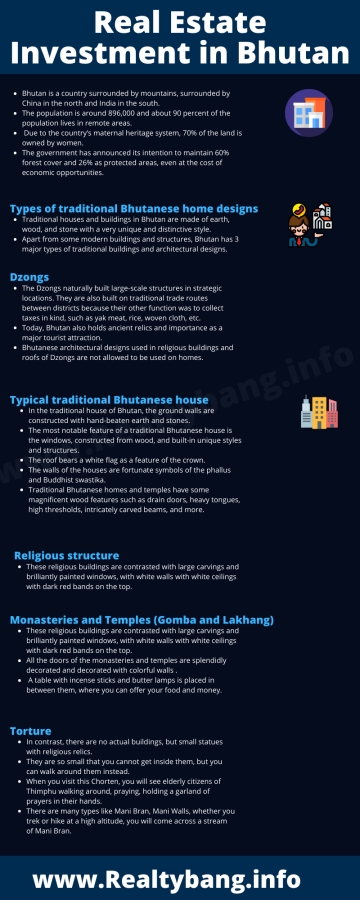
Typical traditional Bhutanese house
Traditional houses are usually 2/3 story houses, which are popular in villages. The ground floor of the building is reserved for animals and the upper floor is for the family, which has an open attic for drying things like chilies and harvested crops. A ladder carved from the trunk of the entire tree is used as a ladder to reach the attic. Bhutanese follow matriarchal traditions, so property including homes is given to women. When a couple marries, the man moves in with the wife’s family.
In the traditional house of Bhutan, the ground walls are constructed with hand-beaten earth and stones, which either turn white or are left in their natural color. The most notable feature of a traditional Bhutanese house is the windows, constructed from wood, and built-in unique styles and structures.
Traditionally, the windows of Bhutanese houses have wooden shutters instead of glass. The roofs are traditionally erected, with wood shingles, and framed by stones, but corrugated iron rods have become more common these days. The roof bears a white flag as a feature of the crown.
Both the interior and interior of a traditional house in Bhutan, Asia can be highly decorated. The wooden window frame is depicted with dynamic floral and animal images. The walls of the houses are fortunate symbols of the phallus and Buddhist swastika. With abundant forest cover, it is clear that traditional Bhutanese homes and temples have some magnificent wood features such as drain doors, heavy tongues, high thresholds, intricately carved beams, and more.
Religious structure
The religious Bhutanese architectural design resembles the Daejongs and these religious structures are the monastery (Gomba), temple (Lakhang), and various types of stupas. These religious buildings are contrasted with large carvings and brilliantly painted windows, with white walls with white ceilings with dark red bands on the top.
Monasteries and Temples (Gomba and Lakhang)
The interior is an attractive feature of temples and monasteries. The walls are painted with remarkably detailed and colorful paintings depicting thanksgiving, or Buddhist teachings. Initially, these wall paintings are painted on painted canvas before they give the impression of wall painting to the walls. This is done in such a way that whenever a wall needs to be rebuilt, these thank-yous are removed from the wall and the construction is stored until it is stored. . Is, and later restored. Goes.
All the doors of the monasteries and temples are splendidly decorated and decorated with colorful walls and carved wooden shelves that cover the entire wall with statues of the famous Buddha and other statues. A table with incense sticks and butter lamps is placed in between them, where you can offer your food and money. Additionally, lively lit prayer flags are hung below the ceiling.
Torture
In contrast, there are no actual buildings, but small statues with religious relics. They are so small that you cannot get inside them, but you can walk around them instead. Remember, you must rotate it in a clockwise pattern, otherwise doing so will bring bad luck. Most of the places are seen in places considered inauspicious, such as mountain passes, roadside, etc.
A notable Quran is the National Memorial Chorten, located in Thimphu, and was built in the Tibetan style, commemorating the fourth king of Bhutan. When you visit this Chorten, you will see elderly citizens of Thimphu walking around, praying, holding a garland of prayers in their hands.
There are many types like Mani Bran, Mani Walls, whether you trek or hike at a high altitude, you will come across a stream of Mani Bran. Mani walls are found on the old trade routes between the districts, which are constructed in memory of the loved ones of the dead.
Know everything about Real Estate Investment in Bhutan at https://www.mof.gov.bt/

